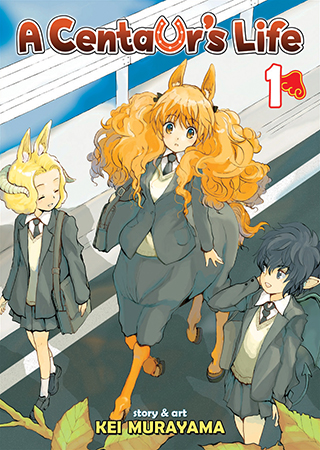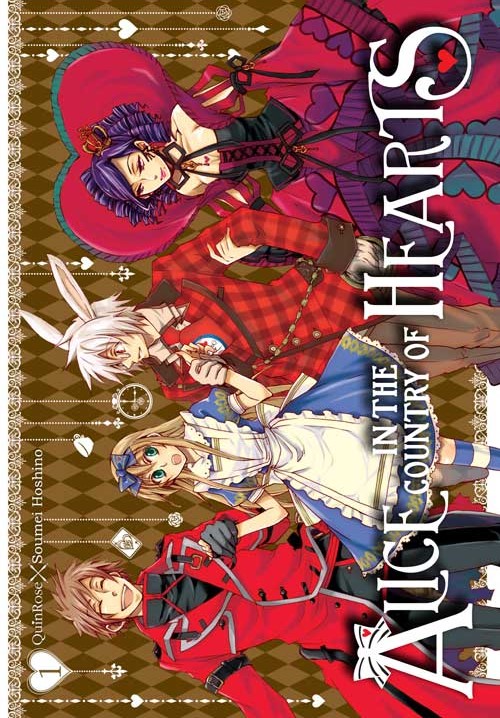And the winner of the Seven Seas Sampler manga giveaway is...Karen Swartz! As the winner, Karen will be receiving A Centaur’s Life, Volume 1 by Kei Murayama; Dictatorial Grimoire, Volume 1: …
Continue Reading about Manga Giveaway: Seven Seas Sampler Winner →



